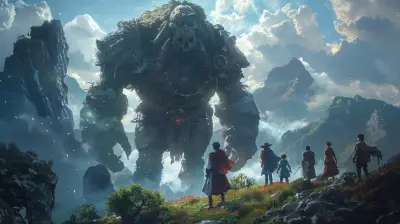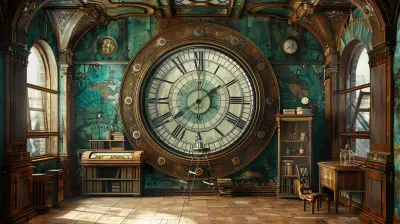The Artistic Side of Adventure Games: Visuals That Stand Out
16 August 2025
When you think about what makes adventure games so memorable, what’s the first thing that pops into your head? Is it the gripping storylines? Maybe the mind-bending puzzles? Or perhaps, just maybe… it's the visuals.
That’s right—the artistic side of adventure games is something truly special. It’s not just about pretty graphics. It’s about crafting a world that breathes, evokes emotion, and pulls you right in like a good book with pages you can touch.
Let’s dive into the colorful and often underrated world of visual storytelling in adventure games. This isn't your typical techie breakdown. We’re going to talk heart, soul, and pixels.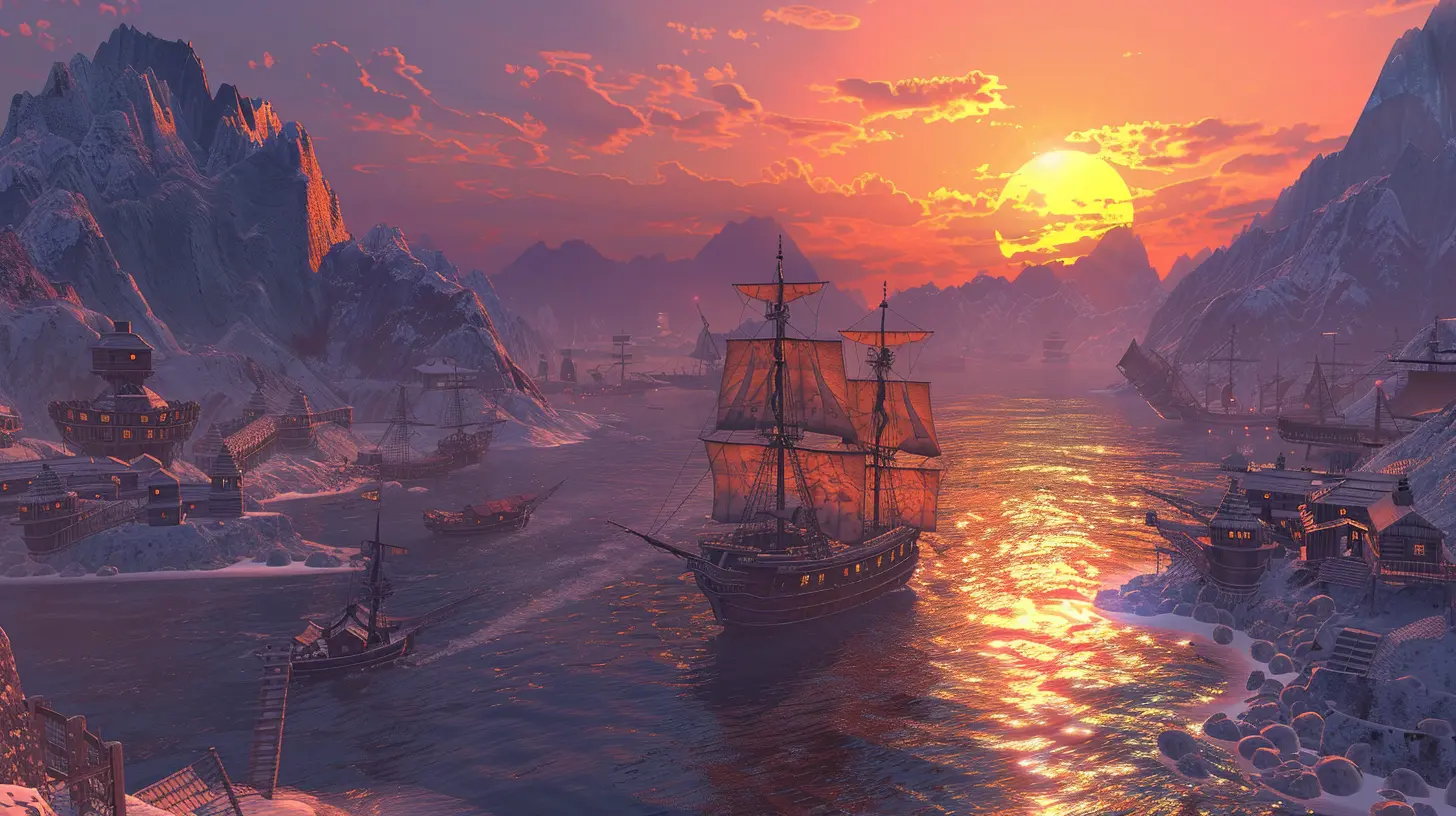
Why Visuals Matter More Than You Think
Sure, gameplay and narrative are vital. But let's be honest—if a game doesn’t look appealing, are you really tempted to play it?Visuals in adventure games are more than decoration. They create mood, hint at story threads, and guide your eyes (and thoughts) across the screen. A good visual design works like a silent narrator.
Think of it like visiting a foreign land. If everything around you looks magical, don't you instantly feel the depth of that world? That’s what stunning visuals do in adventure games—they immerse you completely.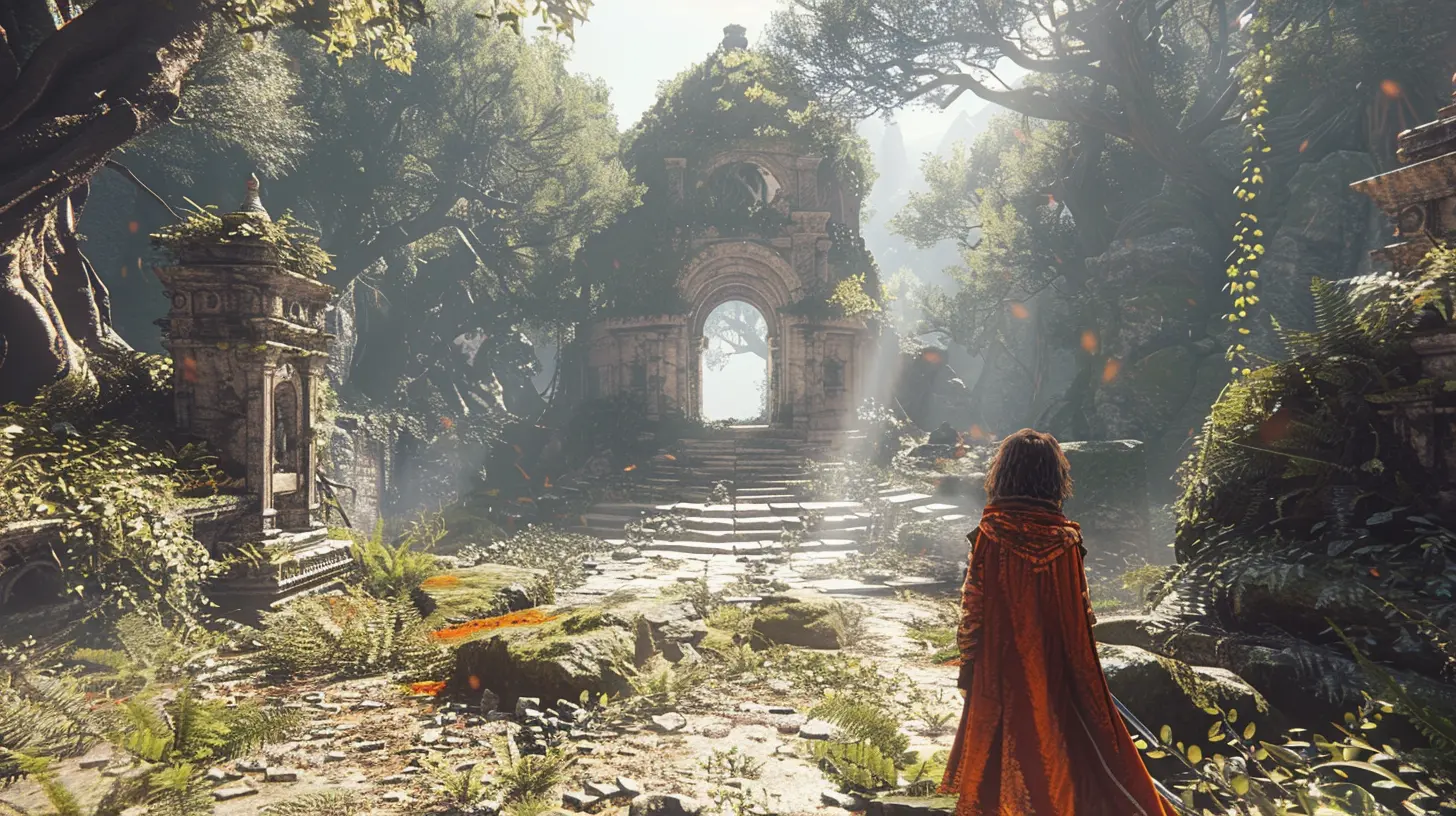
The Evolution of Art in Adventure Games
Adventure games have come a long way from pixelated screens to breathtakingly detailed environments. But even back in the day, developers knew how to use artistic expression to their advantage.The Pixel Art Era
Remember the golden days of point-and-click adventures? Games like Monkey Island and King’s Quest used pixel art not out of choice, but necessity. Yet, despite the limitations, these games had style. They had charm. Each pixel told a story.It’s like painting with a toothbrush, yet still crafting a masterpiece.
The Rise of Hand-Drawn and Stylized Worlds
Fast forward a bit, and we saw a huge shift. Games like Grim Fandango dabbled in noir-art deco styles. Machinarium gave us a post-apocalyptic steampunk world—all hand-drawn, all utterly gorgeous.This shift wasn't just about upping the resolution. It was about conveying emotion and tone through artistic choices. Think watercolor sadness in Ori and the Blind Forest, or the surreal dreamscapes of Kentucky Route Zero.
Modern-Day Masterpieces
Now, we’ve got games that look like interactive art galleries. Titles like Journey, The Red Strings Club, and Oxenfree push the boundaries of game art. We’re talking about visual storytelling that could rival the most prestigious animated films.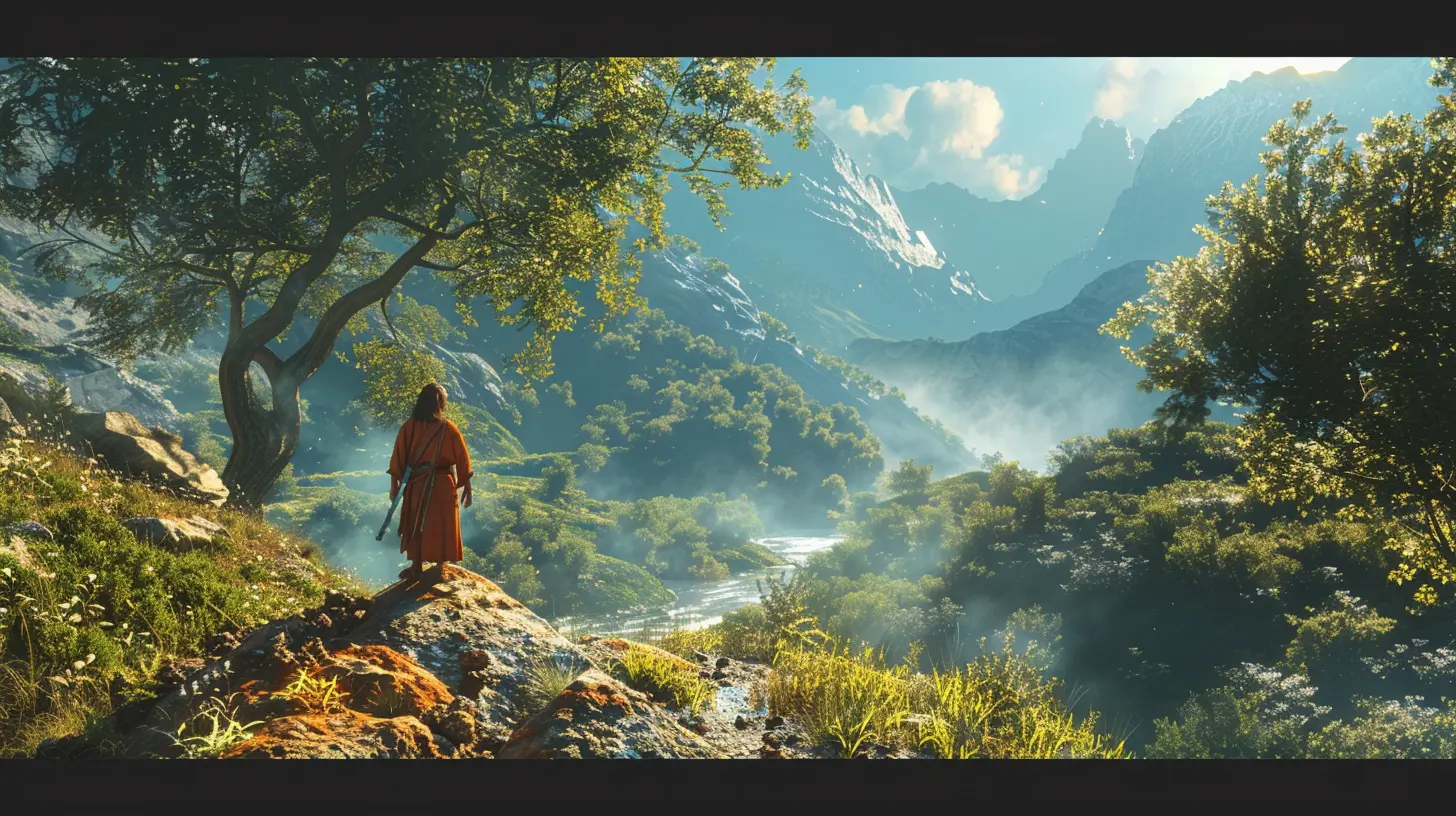
Artistic Techniques That Make Games Unforgettable
So what’s the secret sauce? What are these games doing differently that make them visual standouts? Let’s break it down.1. Color Palettes That Tell Stories
Colors aren’t just about aesthetics—they're emotional cues. Think about Firewatch. The golden hues of sunset evoke loneliness, warmth, and isolation all at once.Want chaos and tension? Go for jarring contrasts. Need serenity? Stick to cool tones. Developers know this trick, and they use it masterfully.
2. Visual Symbolism
Sometimes, what’s not said hits harder than what is. Clever use of recurring symbols, motifs, or changes in background detail can silently scream plot developments or character arcs.A decaying tree in the distance. A shadow that grows larger. Visual metaphors are the unsung heroes of subtle storytelling.
3. Environmental Storytelling
Ever walked through a room in a game and just… got the vibe of the place? That’s intentional. Designers leave visual breadcrumbs.Take What Remains of Edith Finch. Each room reflects the personality of its occupant. The visuals speak without a single line of dialogue.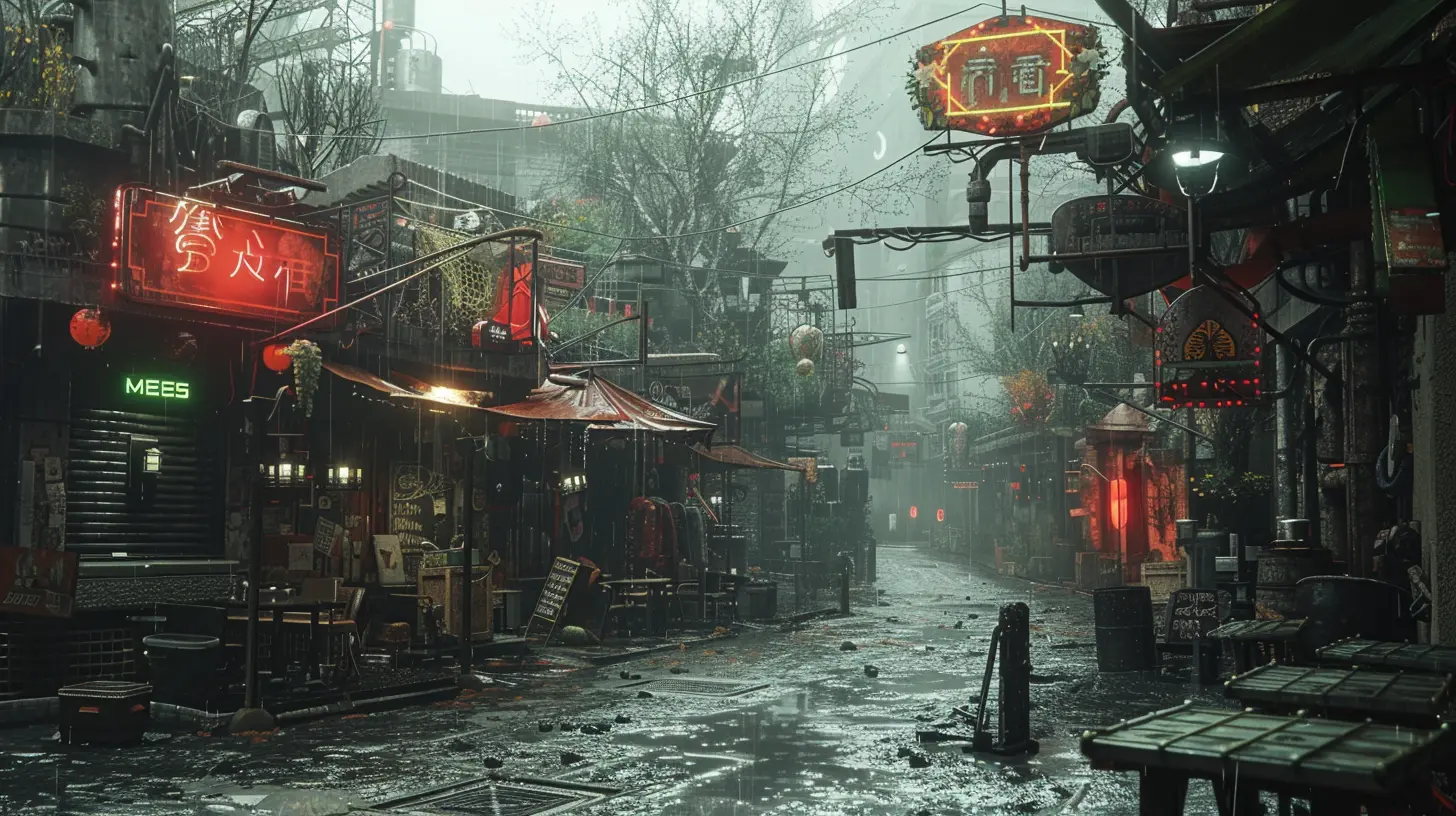
Indie Adventure Games Leading the Art Charge
Big studios might have all the resources, but indie developers? They’ve got soul—and they know how to use it.Gris
This game is a watercolor-painted rollercoaster of emotion. It's not just beautiful; it’s poetic. Every animation, hue, and visual transition ties directly into the protagonist’s emotional state.Night in the Woods
Here’s a game about talking animals and college dropouts—and it hits hard. The stylistic 2D visuals match the quirky yet dark storytelling, creating a world that feels lived-in and emotionally heavy, despite its deceptively simple design.The Artful Escape
If David Bowie had made a video game, this would be it. It's flashy, surreal, and unapologetically vibrant. Each level is like stepping onto a new planet with a musical soul.How Art Styles Shape Player Experience
Visuals aren’t just for eye candy. They shape how we feel and interact with the story.Mood Setting
A horror-themed adventure game with cartoon graphics? Probably not going to scare you. But swap that with a grainy, shadow-heavy design, and suddenly you’re checking under your bed IRL.The tone of your visuals sets the mood even before the music sets in.
Visual Clues
Good visuals guide players without spelling things out. A flickering light, a cracked wall, or a worn path—all these elements say “Look here!” without breaking immersion.When done right, you don’t even notice these visual cues. You just feel like a genius for following them.
Player Immersion
If the visuals mesh well with the story and gameplay, your brain forgets you're playing a game. You exist in the world. That’s the magic we’re chasing.The Future of Visuals in Adventure Games
We're already seeing games use 3D environments, VR, and augmented reality to deepen artistry. But even low-fidelity games can shine if their art direction is on point.AI + Art Direction
As AI tools become more common in game development, we might see hybrid solutions where human artists conceptualize and AI assists in execution. This doesn't mean art takes a backseat. If anything, it opens doors for even wilder designs.Personalization of Visual Experiences
Imagine games where the visuals adapt to your choices, mood, or even the time of day. Not just storytelling-wise, but visually. We’re getting closer to truly responsive, personalized art in games.Visuals That Stay With You Long After You Finish the Game
Have you ever finished a game and kept thinking about its visuals for days—or even years?Games like Limbo and Inside stay with you because of their visual minimalism coupled with deep, mysterious undertones. You don’t need photorealism for impact; you need purpose.
That’s the true artistic side of adventure games. It’s not just how pretty it looks, but how it feels. It’s how the art makes you remember.
How To Appreciate Visuals Like a Game Artist
Next time you boot up an adventure game, pause. Look around.- Notice the lighting.
- Observe how the shadows fall.
- Watch how colors change through chapters.
- Feel what the visuals are trying to say without words.
It changes how you play and how much you take from the experience. It turns you from a player into an admirer of art in motion.
Final Thoughts
The artistic side of adventure games isn’t just a sideshow—it’s the main act in many cases. It’s what sets the tone, tells silent stories, and holds the entire narrative world together.So the next time someone says video games aren’t art, just point them to your favorite adventure title. Let the visuals do the talking.
They’ll get the picture.
all images in this post were generated using AI tools
Category:
Adventure GamesAuthor:

Lana Johnson
Discussion
rate this article
1 comments
Haze Ross
Great article! The exploration of visuals in adventure games truly highlights their artistic value. It's fascinating to see how unique art styles enhance storytelling and player immersion. Your insights on specific titles were particularly illuminating. Looking forward to seeing more discussions on the impact of art in gaming!
September 1, 2025 at 2:48 PM

Lana Johnson
Thank you for your kind words! I’m glad you found the exploration of visuals and their impact on storytelling insightful. Stay tuned for more discussions on art in gaming!

